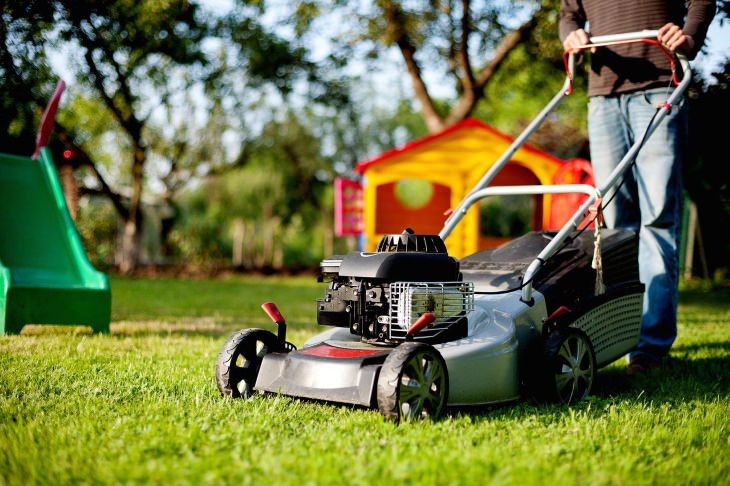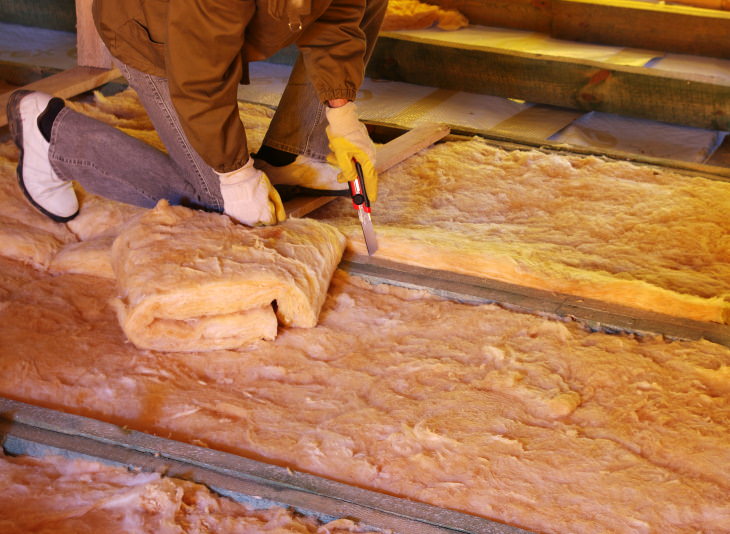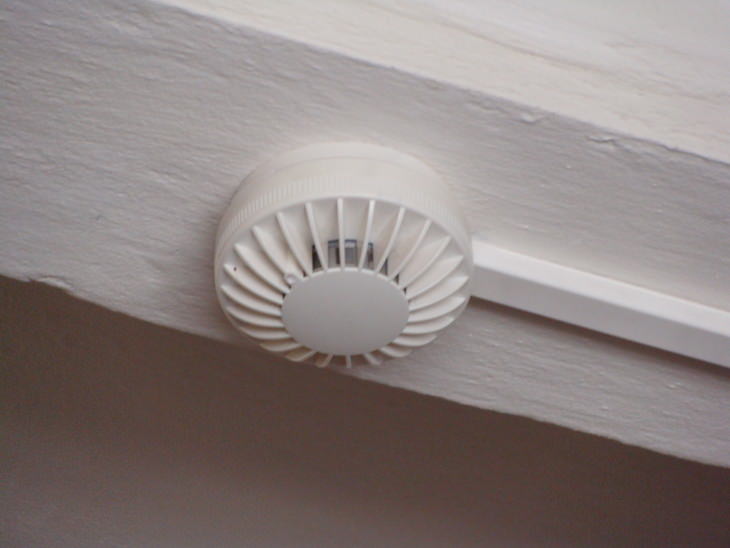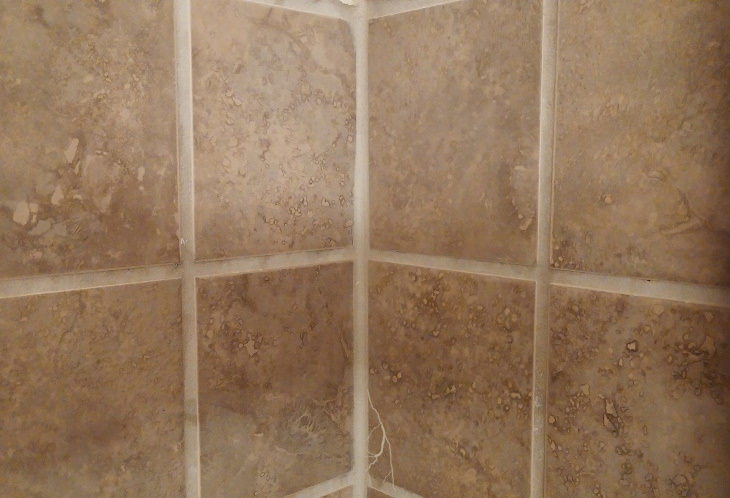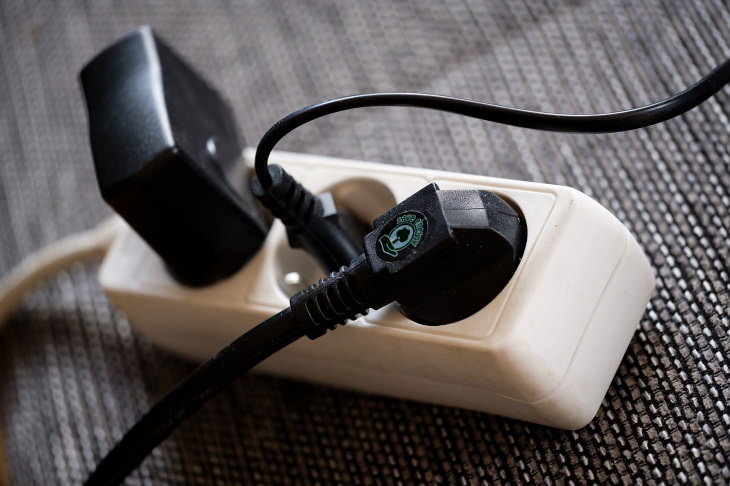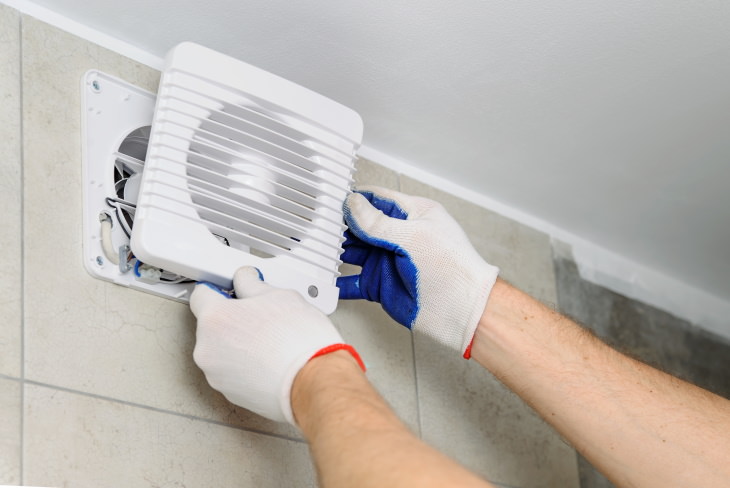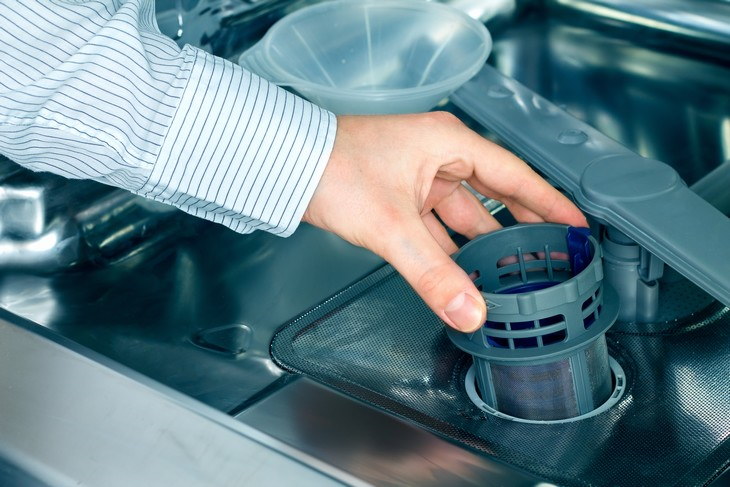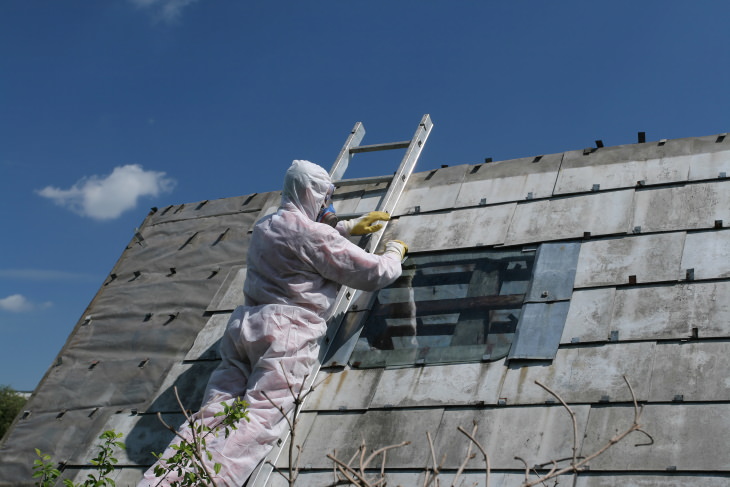1. Trimming the lawn shorter will help you mow the lawn less often
Despite popular belief, cutting the lawn shorter will not cut down on lawn care at all, it's actually the opposite. According to The Lawn Institute, “Cutting your lawn too short creates an environment for both weed and disease infestation. It also causes the lawn to lose moisture much quicker.” Therefore, it's best to research the specific grass species your lawn consists of and the appropriate lawn height for it first.
In addition to that, experts state that it's super important to cut off no more than one-third of the grass height at a time because this will urge the plant to grow stronger roots and stay healthy. For more lawn mowing tips, consult our previous post titled The Ultimate Lawn Cutting Guide.
2. Re-caulking your bathtub or shower every year isn't necessary
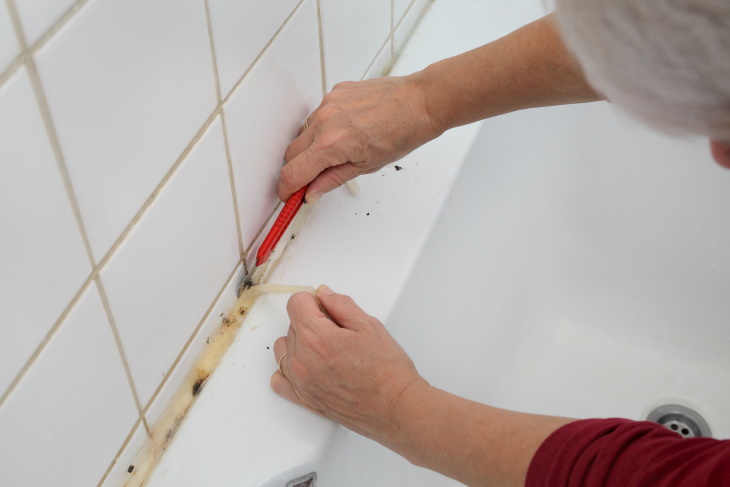
Old caulk in your bathtub or shower isn't just unattractive to the eye, it can become a hazard to your home as well. This is because the caulking is bound to deteriorate over time and will let the water leak through and ultimately cause mold and rot around the bathtub, shower, and the bathroom floor, which is both a health hazard and a costly repair expense. Experts recommend re-caulking the bathtub and shower every year. Keep in mind, however, that it's instrumental to remove the old caulk before starting to re-caulk the tub or shower.
Related Article: 17 Common Cleaning Mistakes That Can Ruin Your Bathroom
3. Gutters only need to cleared once a year in autumn
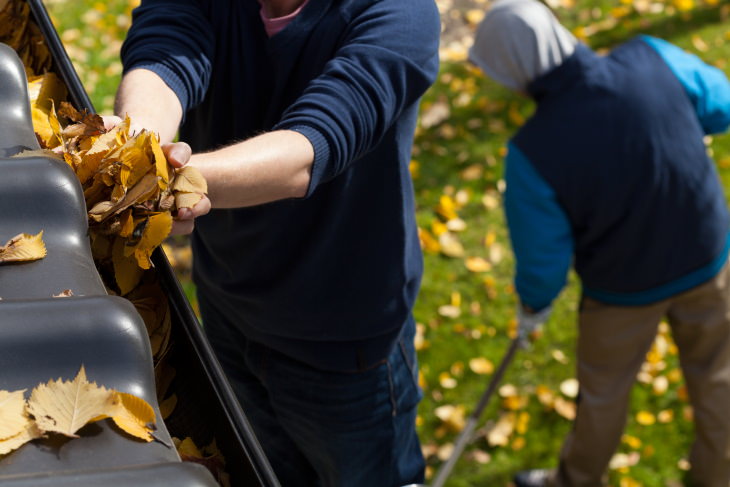
Many people think that fall is the only time of the year you need to clean the gutters due to the accumulation of leaves in them and heavy rainfalls compared to other seasons. However, this belief, too, is false since gutters can get clogged really easily and collect rainwater in any season. As a result, the walls of your home or the roof may become damaged by water or mold. In addition, gutters filled with debris and water can attract pests, such as insects and rodents, so it's pretty important to clean your gutters in early spring, mid-summer, and fall.
4. The more insulation on the attic, the better
Insulating your home is one of the best ways to save money, as it will be much easier and quicker (and hence, cheaper) to control the temperature in an insulated home both in the summer heat and the winter cold. That said, when it comes to attic insulation, more isn’t necessarily better, and excessive amounts of it can lead to the bottom layers of the insulation to compress and be less effective. In addition, make sure not to block ventilation with insulation, as this could lead to mold and water damage. Depending on the kind of insulation used, the optimal levels are usually between 10 and 14 inches (25-35 cm).
5. The test button is the optimal way to make sure your smoke detector works
This mistake may be small and easy-to-miss, but it may cost you big in the long run. When testing the functionality of the smoke alarm, don't just press the test button alone, as this will only show you that the sound on the alarm is working properly. Instead, it's better to just bring a match that just stopped burning close to the alarm - this will show you that the smoke detection element itself is working as it should, too, and not only the alarm. Experts say that checking the functionality of smoke detectors twice a year is enough in most cases.
6. Minor cracks in the tile do not need to be replaced
Even the tiniest crack in the bathroom tiles or a loose tile can grow to be a big problem, experts say. "These cracks can allow water to seep through, causing rot," pointed out Brett Elron, an interior designer in a statement to BestLife. Therefore, it's definitely worth to replace any loose or cracked tiles to prevent the need for more serious repairs in the future. To check for loose tiles, you can lightly tap over each tile with the back of a pencil or a handle of a screwdriver, for example. The loose tile will produce a different, hollow sound compared to the rest of the tiles, you won't miss it!
7. Occasionally overloading electrical outlets is not a big deal
Is one or a few outlets in your home constantly overcrowded with chords to electrical appliances, chargers, etc. while the remaining outlets stay vacant? If so, it may indicate that the power outlets in your home are not placed logically to fit the interior decoration of your home, which is a common yet serious issue that can result in fires and the need for major repairs.
The solution? Have a few new outlets installed by professionals in the places you need them, if possible, or alternatively, change up the interior decoration in your home so that more outlets are used regularly and none are overloaded. Of course, the best way to prevent this is to plan ahead and have outlets installed in the right places, to begin with, but this is often tricky if you've lived in the same home for years and you're not planning a massive home renovation any time soon.
8. Any time is a good time to add chemicals in the pool
A swimming pool is a luxury that requires quite a lot of upkeep - from regular water checks, filter maintenance, to collecting any fallen leaves, and of course, adding chemicals regularly to ensure the water is clean and germ-free. Well, it turns out that there is some confusion regarding that last part in particular, with many pool owners adding the chemicals into the pool during daytime, which is a big no-no, especially if you're adding chlorine. That’s because some of these chemicals can degrade when exposed to the UV rays of the sun and become less effective, so make sure to add them in during the evening instead.
9. The exhaust fan in the bathroom requires no regular maintenance
Unfortunately, your bathroom exhaust fan isn't immune to dust and mildew accumulation either, and if not cleaned regularly, it, too, can become less effective and promote the growth of mold in your bathroom. Luckily, cleaning the bathroom fan is easy - simply turn off the fan switch at the circuit breaker for your own safety, remove and clean the cover of the fan and let it dry, and finally vacuum the cover and grille both inside and out. Repeat these steps once or twice a year.
10. Your dishwasher is self-cleaning
One would think that a dishwasher is self-cleaning. After all, it cleans the dishes. Alas, that’s not quite how it works, as a lot of dirt, grime, and mineral buildup can actually collect in your dishwasher over time. All this harmful residue will ultimately make your dishwasher smell awful and do a worse job at getting your dishes clean, too.
Luckily, cleaning it won't take any longer than 15 minutes twice a year and is quite easy: just remove the racks, and clean the detergent dispenser, the inside part under the door, and the gasket, as well as the sprayer arms with some kitchen cleaner, and you're done. You can also do a vinegar rinse. For a detailed explanation of how to do so and how clean your dishwasher in general, read our article How to Clean and Maintain Your Dishwasher Step By Step.
11. All asbestos must be removed from your home
It's no secret that asbestos, a toxic material that can infiltrate the lungs and cause long-term damage and chronic lung issues, has been widely used in homes until 1978 when it was finally banned. This means that many homes built before that time may actually contain asbestos. According to the United States Environmental Protection Agency (EPA), however, that doesn't mean that you should get rid of all the asbestos in your home, as it only poses a health risk when it can be crumbled, releasing the dangerous fibers that are then inhaled.
The EPA states the following, “If building materials in your home aren’t damaged and won’t be disturbed, you do not need to have your home tested for asbestos. Material that is in good condition and will not be disturbed (by remodeling, for example) should be left alone.”
12. Turning off the air conditioner is the best way to save electricity
Do you think that turning off the air conditioner when you leave the home will help you cut down on the electricity bill? Many people think exactly that, but it's not quite true. This is because the air conditioner will have to start from scratch every time you turn it off, essentially working more and spending more energy than it would otherwise to get to the desired temperature in the house. Instead, experts suggest simply adjusting the thermostat to 5-10 degrees warmer when you're about to leave your home and setting it back to the desired temperature when you get back to really save some money.
Share these useful tips with other homeowners!

